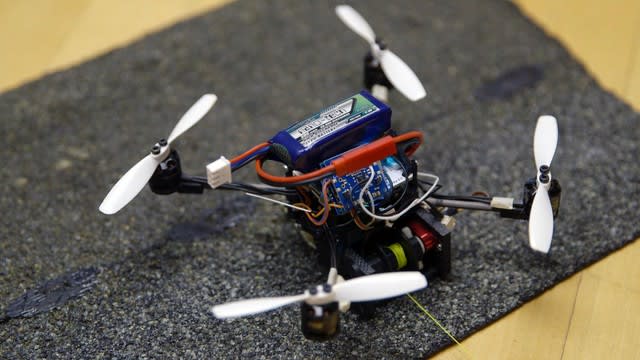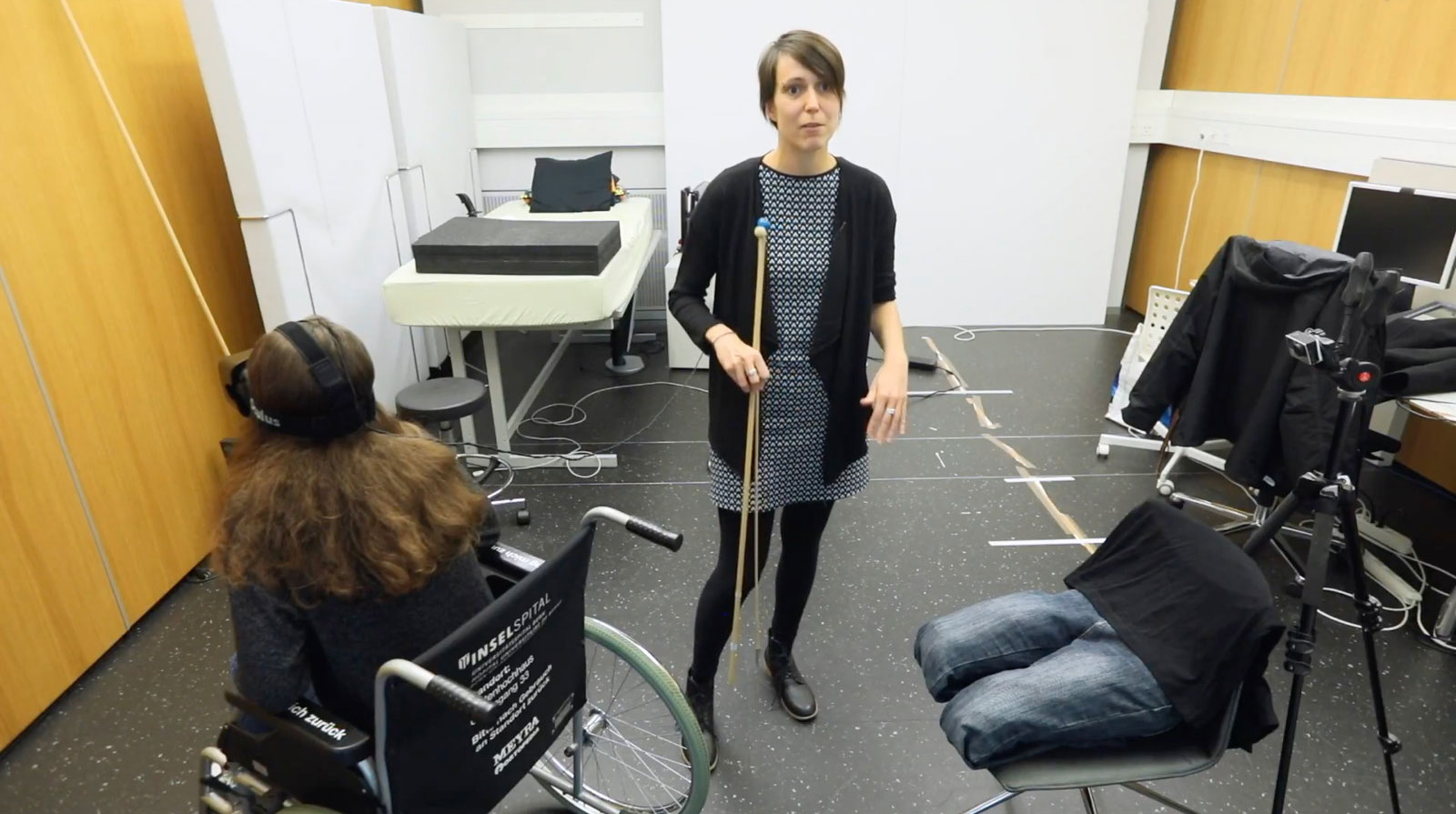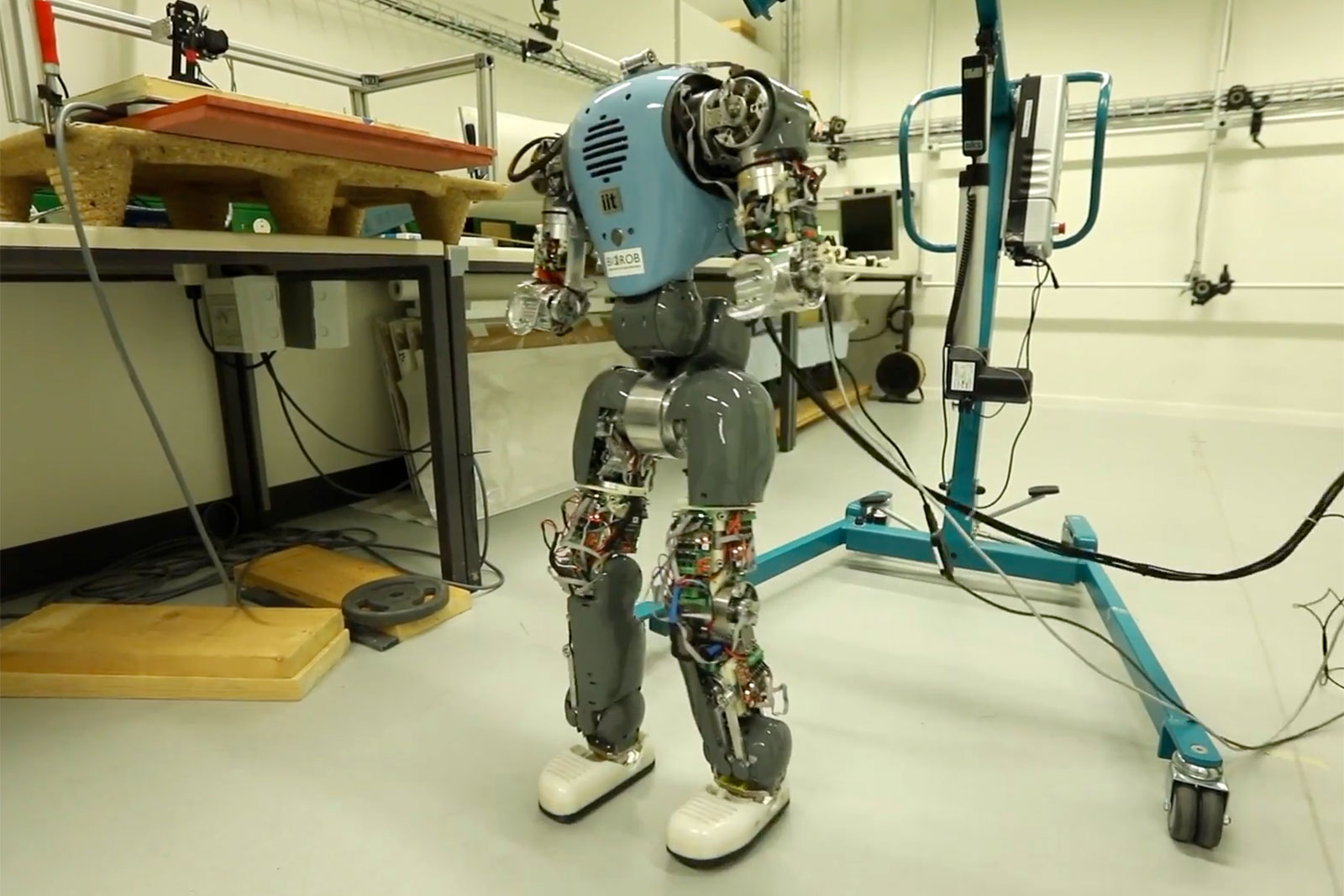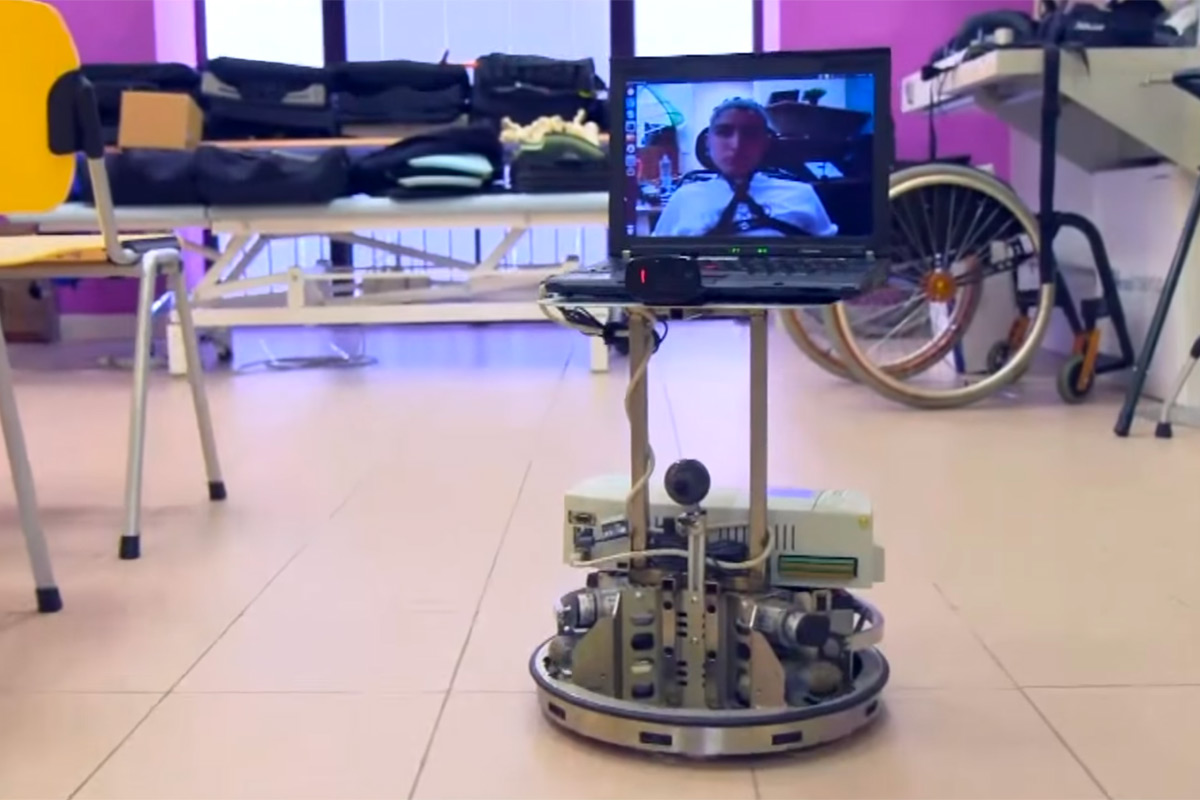
Those wearing bionic hands and similar prostheses often suffer a frustrating disconnect when they can touch an object but can't feel it, even if they're using direct neural control. The École Polytechnique Fédérale de Lausanne and allies in Project TIME have developed a hand that could clear that psychological hurdle. The design implants electrodes directly in key nerves that not only allow motor input, but deliver real sensory feedback from the artificial appendage -- including needle pokes, much to the test subject's chagrin. An early trial (seen above) kept the enhanced hand separate from the wearer and was limited to two sensations at once, but an upcoming trial will graft the hand on to a tester's arm for a month, with sensations coming from across much of the simulated hand. EPFL hopes to have a fully workable unit ready to test in two years' time, which likely can't come soon enough for amputees wanting more authentic physical contact.
Filed under: Science
Comments
Source: Project TIME, The Independent
 If you ask these tiny drones, "Do you even lift, bro?" you will get a resounding yes. Researchers at Ecole Polytechnique Fédérale de Lausanne (EPFL) in Switzerland and Stanford University have developed a line of small flying bots that...
If you ask these tiny drones, "Do you even lift, bro?" you will get a resounding yes. Researchers at Ecole Polytechnique Fédérale de Lausanne (EPFL) in Switzerland and Stanford University have developed a line of small flying bots that...
 If you ask these tiny drones, "Do you even lift, bro?" you will get a resounding yes. Researchers at Ecole Polytechnique Fédérale de Lausanne (EPFL) in Switzerland and Stanford University have developed a line of small flying bots that...
If you ask these tiny drones, "Do you even lift, bro?" you will get a resounding yes. Researchers at Ecole Polytechnique Fédérale de Lausanne (EPFL) in Switzerland and Stanford University have developed a line of small flying bots that...
 People who become paraplegics due to a spinal injury usually have to deal with more than just losing the feeling in their legs. They also have to battle excruciating phantom pain, which doctors can't cure with medicine. Now, scientists from the &Eacu...
People who become paraplegics due to a spinal injury usually have to deal with more than just losing the feeling in their legs. They also have to battle excruciating phantom pain, which doctors can't cure with medicine. Now, scientists from the &Eacu...
 The challenge with bipedal robots isn't so much getting them to walk at all (although that's sometimes a problem) as it is getting them to walk naturally. They tend to either step cautiously or quickly run into trouble. Swiss researchers think they...
The challenge with bipedal robots isn't so much getting them to walk at all (although that's sometimes a problem) as it is getting them to walk naturally. They tend to either step cautiously or quickly run into trouble. Swiss researchers think they...
 If you're roaming the internet, you might run across recommendation engines. Some offer products or services you'd actually want to use, but does interacting with them harm your privacy even more? Researchers developed an algorithm to reveal how much...
If you're roaming the internet, you might run across recommendation engines. Some offer products or services you'd actually want to use, but does interacting with them harm your privacy even more? Researchers developed an algorithm to reveal how much...
 Brain-controlled robot limbs have already helped the disabled gain some mobility, but full-fledged robots have proven elusive: how do you use thoughts to steer a free-roaming machine? Swiss researchers think they have the answer. They've developed...
Brain-controlled robot limbs have already helped the disabled gain some mobility, but full-fledged robots have proven elusive: how do you use thoughts to steer a free-roaming machine? Swiss researchers think they have the answer. They've developed...




